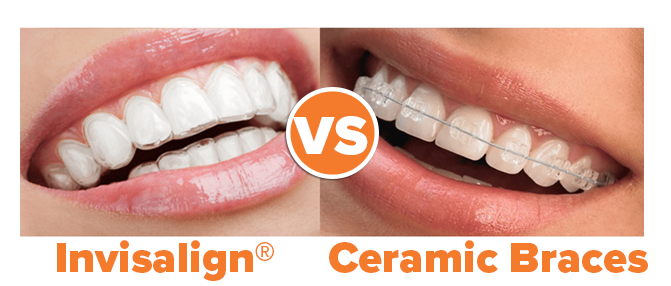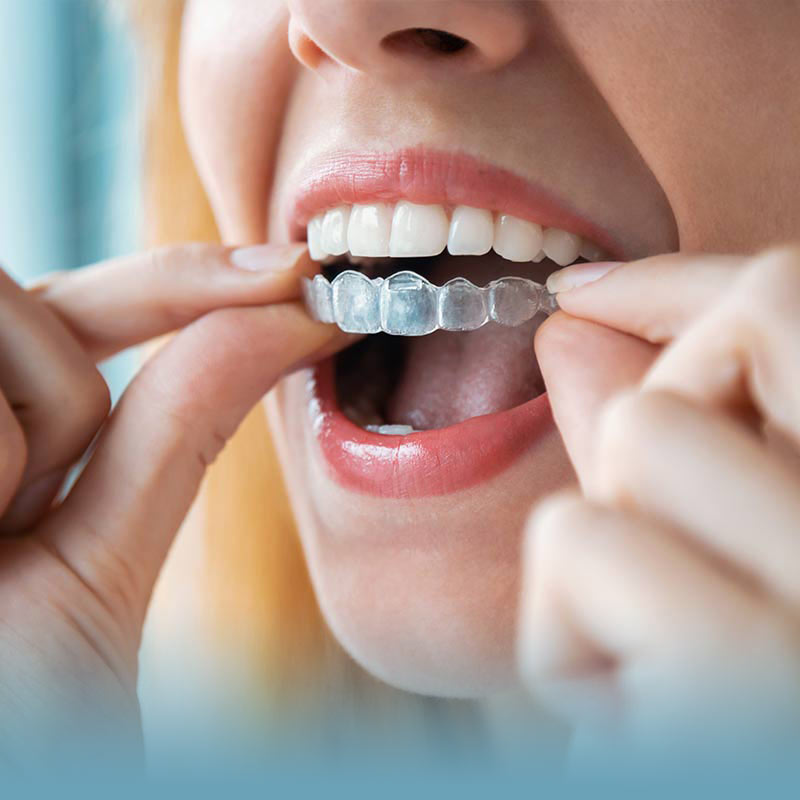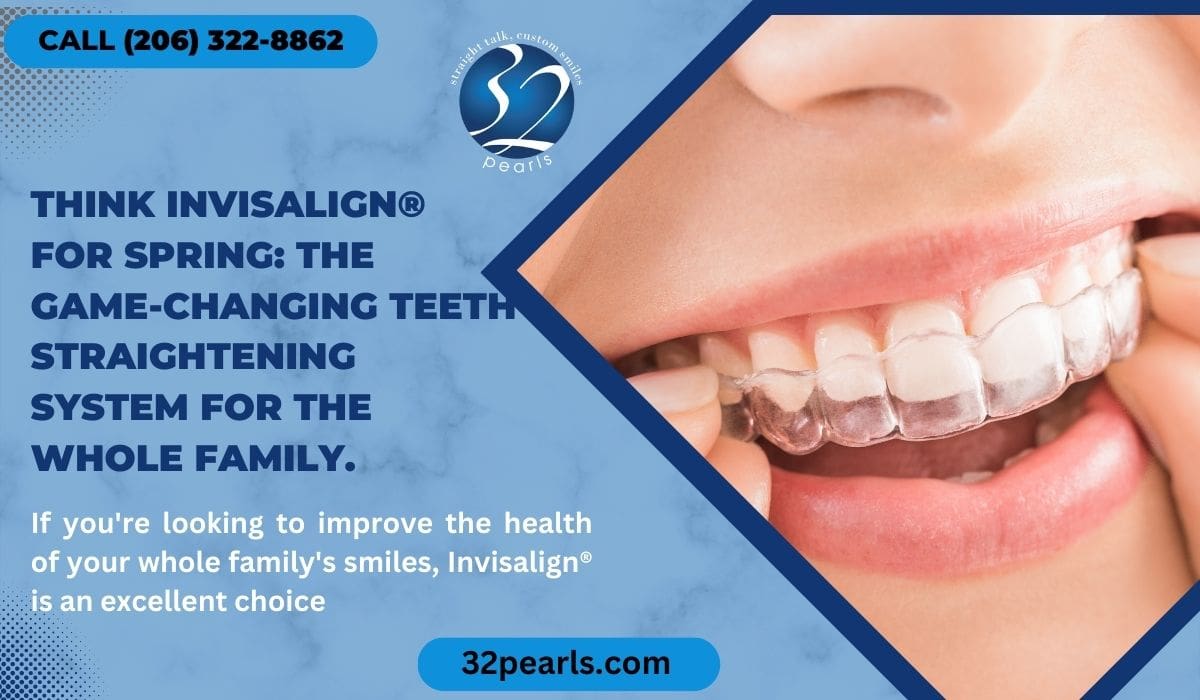What to Expect Throughout Your Invisalign Journey: A Comprehensive Overview
Invisalign vs. Typical Braces: Which Option Is Right for You?
When considering orthodontic treatment, the selection between Invisalign and typical dental braces presents numerous important aspects that merit cautious examination. Invisalign supplies a very discreet alternative with removable aligners, while standard braces provide a much more visible yet reliable solution for serious imbalance.
Introduction of Therapy Choices

On the other hand, standard dental braces consist of metal braces and wires that are adhered to the teeth. This method applies continual pressure in time to attain positioning. While effective for intricate orthodontic issues, typical braces need normal brows through for adjustments and can pose difficulties in maintaining oral hygiene as a result of the difficulty of cleansing about cables and braces.
Both alternatives have their values, and the selection typically pivots on specific dental conditions, way of living choices, and person compliance. Eventually, consulting an orthodontic professional is critical for figuring out one of the most appropriate therapy plan tailored to specific needs. Understanding the subtleties of each option can substantially influence the general success of orthodontic therapy.
Aesthetic Considerations
A considerable factor affecting the selection in between Invisalign and standard braces is the visual appeal each therapy provides. Invisalign aligners are crafted from clear plastic, making them essentially undetectable when used. This discreet appearance is specifically attracting teenagers and adults who might really feel uncomfortable concerning their orthodontic treatment. The capability to keep a natural smile throughout the alignment process can considerably enhance the client's confidence in social and professional settings.
In comparison, conventional dental braces contain steel braces and cables, which can be more noticeable. While advancements in orthodontic technology have actually caused the growth of smaller brackets and tinted elastics, conventional braces still keep an even more noticeable profile. For some individuals, the visibility of dental braces may discourage them from seeking needed treatment.
Ultimately, the choice in between Invisalign and conventional dental braces might hinge on personal preferences concerning aesthetics. People that prioritize discernment commonly lean toward Invisalign, while those who are less worried about presence might select standard braces. Recognizing the visual ramifications of each alternative is important for making an educated decision that straightens with one's way of life and choices.
Comfort and Convenience

In regards to benefit, Invisalign aligners are removable, making it possible for people to enjoy their favorite foods without restriction and keep optimal dental health. Brushing and check my source flossing are simplified, as the aligners can be gotten throughout these regimens, whereas traditional braces call for mindful steering around cables and brackets.
In addition, Invisalign's dynamic system permits for fewer orthodontic check outs. Patients generally receive several collections of aligners at when, which can simplify the therapy process and lower time spent in the orthodontist's chair. On the other hand, typical dental braces necessitate routine modifications, making them much less convenient for those with busy routines. Invisalign. In general, the convenience and convenience of Invisalign make it an attractive choice for lots of people looking for orthodontic treatment.
Therapy Duration and Performance
While both Invisalign and standard braces are effective in dealing with oral misalignments, the period of therapy can vary significantly in between both choices. Generally, Invisalign therapy can take anywhere from 12 to 18 months, depending upon the intricacy of the situation. The clear aligners work by gradually shifting teeth right into their desired positions, and regular follow-ups with an orthodontist help guarantee progress continues to be on track.
On the other hand, typical dental braces typically call for a longer dedication, generally ranging from 18 months to three years. This is because of their set nature and the usage of brackets and cords, which can be much more reliable for serious imbalances and complex cases (Invisalign). The treatment performance of traditional braces is well-documented, as they enable for specific adjustments and better control over tooth movement
Ultimately, the selection between Invisalign and traditional braces might hinge on navigate here both the awaited treatment duration and the details oral concerns handy. Consulting with an orthodontist is important, as they can offer tailored suggestions based upon private demands, ensuring the selected method lines up with desired outcomes and durations.
Expense Comparison and Insurance Options
Cost plays a significant duty in the decision-making process for individuals taking into consideration orthodontic treatment, whether deciding for Invisalign or standard braces. Generally, the price of Invisalign ranges from $3,000 to $8,000, while standard braces generally set you back between $2,000 and $6,000. Variables influencing these costs include the complexity of the situation, the duration of therapy, and geographical place.
Insurance policy coverage can significantly influence out-of-pocket expenses. Several dental insurance coverage plans provide partial coverage for orthodontic treatments, however the specifics can vary commonly. It is crucial for individuals to assess their insurance plan to establish the degree of insurance coverage for either choice. Typically, traditional braces may be extra frequently covered by insurance policy plans contrasted to Invisalign, which some insurance companies classify as a cosmetic treatment.
Furthermore, several orthodontic methods supply adaptable layaway plan, making both treatment alternatives a lot more easily accessible. Patients ought to make inquiries regarding prospective financing alternatives and discount rates for in advance payments. Examining the total cost, consisting of insurance coverage advantages and settlement plans, is essential for making an educated choice that aligns with both aesthetic choices and budget plan factors to consider.

Final Thought
In summary, the selection in between Invisalign and traditional dental braces rests on multiple factors, including aesthetic choices, convenience, therapy period, and cost. Invisalign provides a very discreet, removable option that assists in oral hygiene and dietary adaptability, while traditional dental braces might be better for complex oral concerns and frequently come at a reduced cost point. Ultimately, assessment with an orthodontist is vital to examine private situations and determine one of the most ideal therapy choice for achieving optimal dental placement.
When thinking about orthodontic treatment, the selection in between Invisalign and standard braces presents numerous important useful content variables that merit careful analysis.Contrasting Invisalign and conventional dental braces exposes distinct therapy choices for orthodontic modification.While both Invisalign and traditional dental braces are effective in dealing with dental imbalances, the duration of therapy can differ significantly in between the two alternatives.Cost plays a substantial role in the decision-making procedure for individuals taking into consideration orthodontic treatment, whether deciding for Invisalign or standard dental braces.In summary, the selection between Invisalign and conventional braces hinges on several variables, including aesthetic choices, convenience, therapy period, and cost.